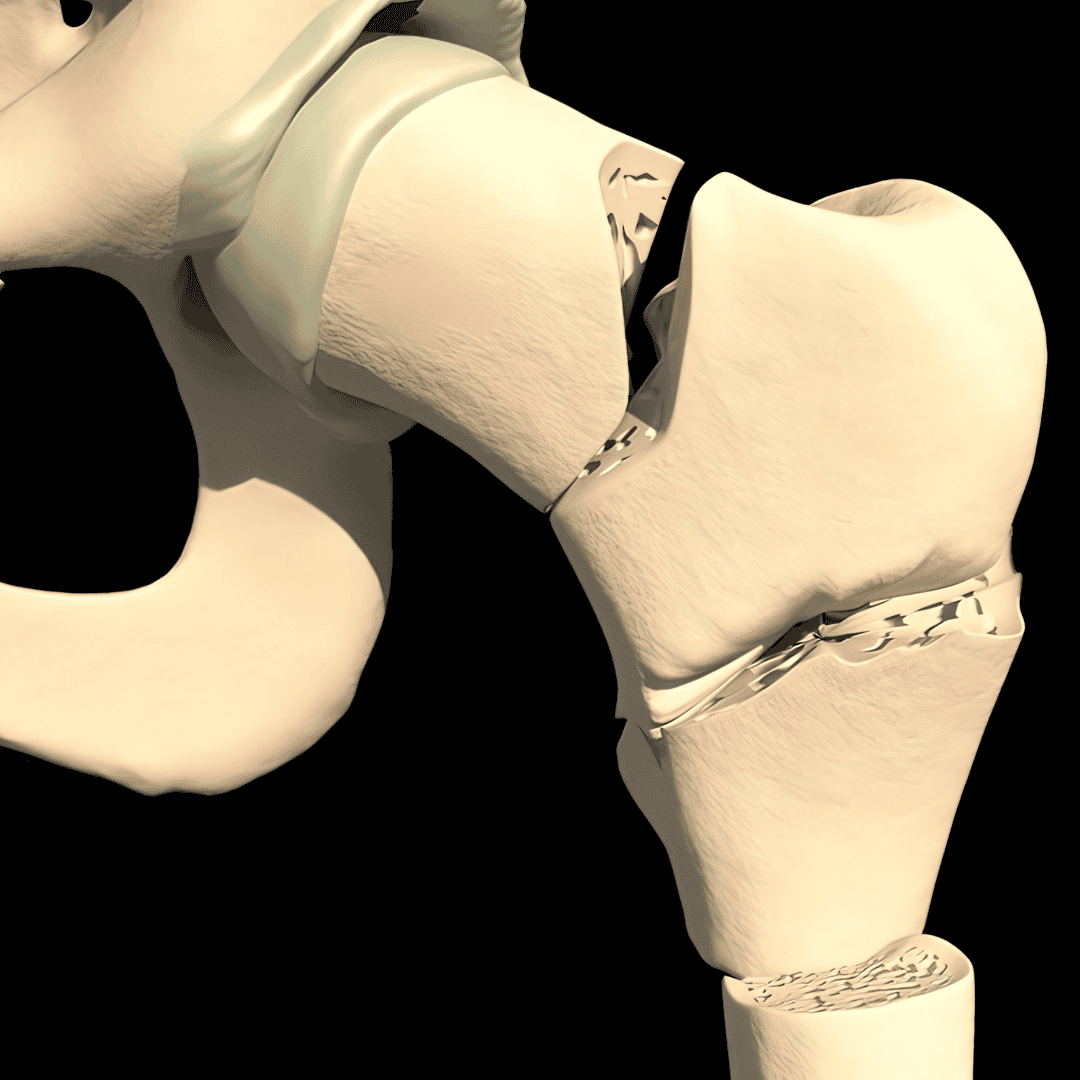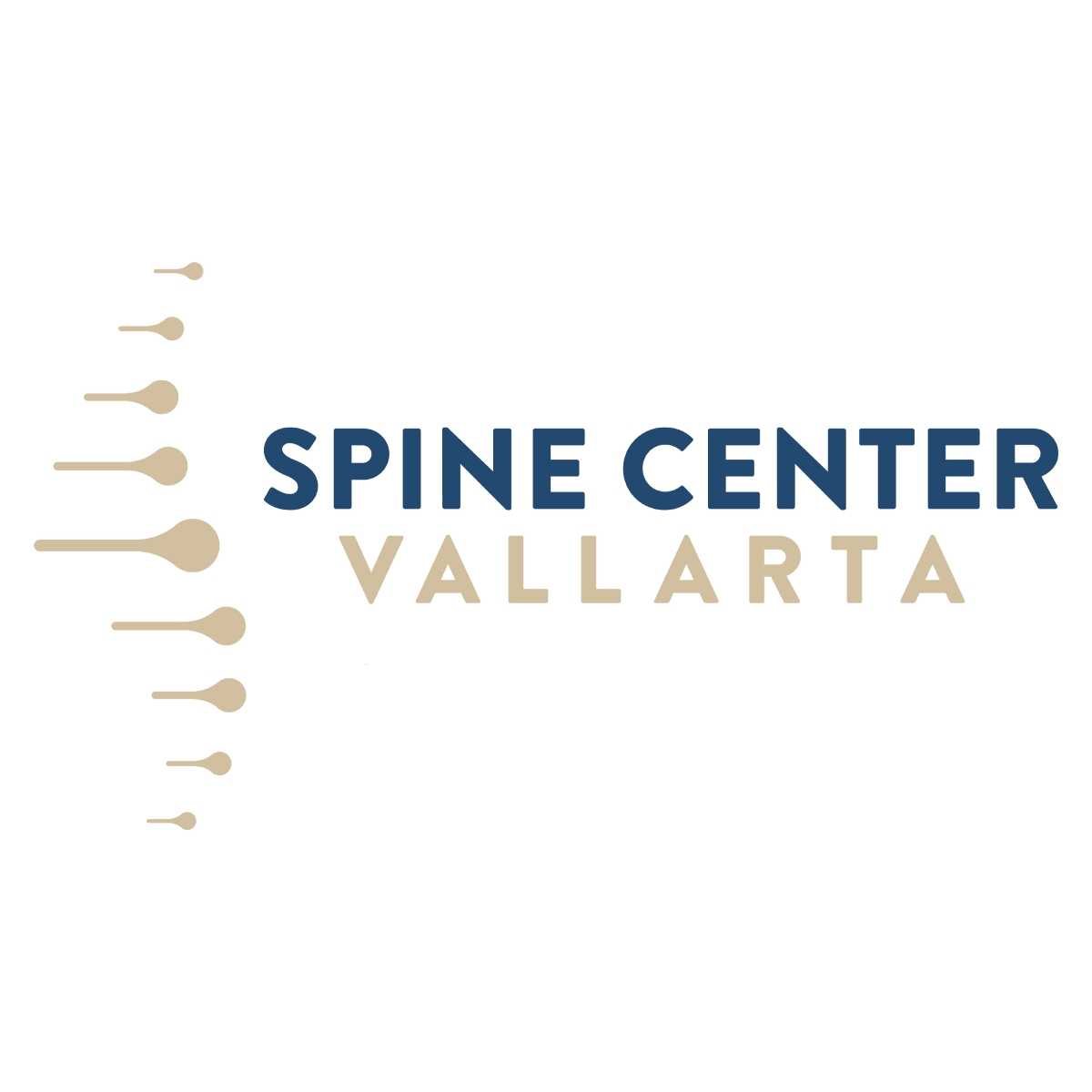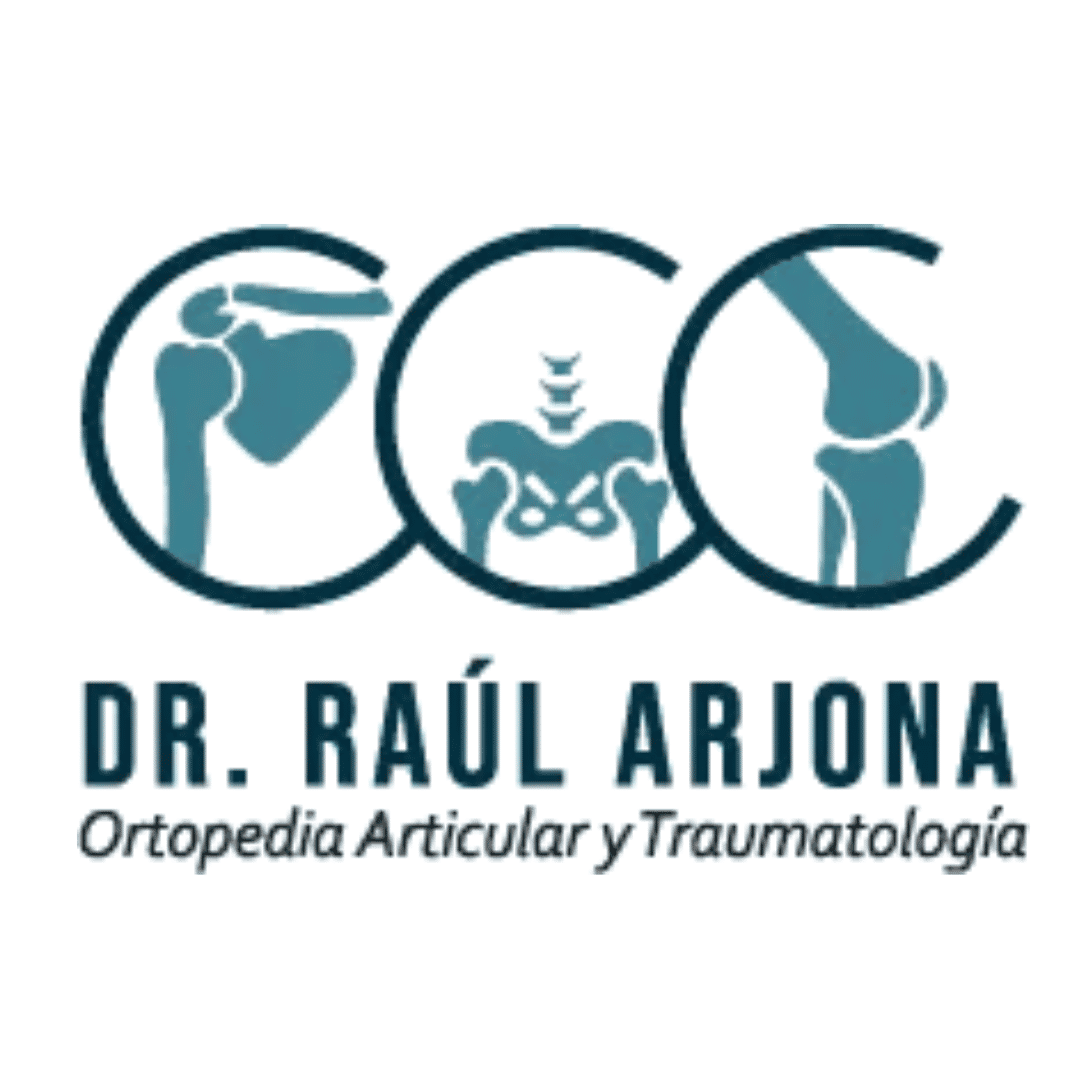Explore the Benefits of Tennis Elbow Surgery in Mexico

Dealing with the persistent pain of tennis elbow can be a frustrating experience, limiting your daily activities and impacting your quality of life. If conservative treatments haven't provided relief, you might be considering surgical options. Tennis elbow surgery in Mexico has become an increasingly popular choice for many, offering a combination of high-quality medical care, experienced surgeons, and significant cost savings. This comprehensive guide will answer all your important questions, providing you with the clarity and confidence to make an informed decision about your healthcare journey.
What is Tennis Elbow Surgery?
"Tennis elbow surgery, or lateral epicondylitis release, is a procedure to remove the damaged tendon tissue in the elbow that causes pain and tenderness."
This outpatient procedure is typically recommended when non-surgical treatments like rest, physical therapy, and injections have failed to alleviate symptoms after six to twelve months. The goal of the surgery is to relieve pain and improve function in the affected arm. Surgeons can perform this procedure through a traditional open incision or a minimally invasive arthroscopic technique, depending on the specifics of your condition.
The surgery focuses on the extensor carpi radialis brevis (ECRB) tendon, which is the primary source of pain in tennis elbow. By removing the inflamed, damaged portion of this tendon, the pressure on the nerve is relieved, which in turn reduces the chronic pain you've been experiencing. The healthy part of the tendon is then reattached to the bone, allowing for proper healing and a return to your daily activities without discomfort.
Is it Safe to Get Tennis Elbow Surgery in Mexico?
"Yes, getting tennis elbow surgery in Mexico is safe, provided you choose a reputable and accredited medical facility with experienced orthopedic surgeons."
Mexico is a leading destination for medical tourism, with many of its hospitals and clinics holding international accreditations, such as from the Joint Commission International (JCI). These facilities adhere to the same high standards of care and safety protocols that you would find in the United States or Europe. The key is to do your research and select a provider that is transparent about its credentials and patient outcomes.
Furthermore, many orthopedic surgeons in Mexico have received training and fellowships in the US or Europe, bringing a wealth of international experience to their practice. They often use the same high-quality medical devices and surgical techniques as their counterparts in Western countries. By working with a trusted medical tourism partner like PlacidWay, you can be connected with pre-screened, top-tier medical facilities, ensuring your safety and peace of mind.
How Much Does Tennis Elbow Surgery Cost in Mexico?
"The cost of tennis elbow surgery in Mexico typically ranges from $2,500 to $5,000 USD, which is significantly lower than in countries like the United States."
This price is often all-inclusive, covering the surgeon's fees, anesthesia, facility costs, and any necessary pre-operative tests. In the US, the same procedure can cost upwards of $10,000 to $15,000, making Mexico an incredibly attractive option for those seeking affordable, high-quality care. The lower cost is not a reflection of lower quality but is due to the lower cost of living and operational expenses in Mexico.
It's important to get a detailed quote from your chosen clinic to understand exactly what is included in the price. Some packages may also include accommodations, transportation, and post-operative care, providing a seamless and stress-free medical travel experience. This affordability allows patients to access timely surgical care without the financial burden it might otherwise entail.
How Do I Find a Qualified Orthopedic Surgeon in Mexico?
"To find a qualified orthopedic surgeon in Mexico, look for credentials such as board certification, international training, and memberships in professional orthopedic associations."
A reputable surgeon will be transparent about their qualifications and experience. You should be able to find information about their medical school, residency, and any fellowship training they have completed. Many top surgeons in Mexico are members of organizations like the Mexican Council of Orthopedics and Traumatology (CMOT) or international bodies like the American Academy of Orthopaedic Surgeons (AAOS).
Reading patient testimonials and reviews can also provide valuable insight into a surgeon's skill and patient care approach. A good surgeon will have a portfolio of successful outcomes and be willing to connect you with past patients. Working with a medical tourism facilitator can also simplify this process, as they have already vetted and established relationships with a network of highly qualified surgeons.
What Does the Process of Getting Surgery in Mexico Involve?
"The process typically involves an initial online consultation, travel and accommodation arrangements, pre-operative tests upon arrival, the surgery itself, and a short recovery period in Mexico before returning home."
Your journey will likely begin with a remote consultation where you can discuss your symptoms and medical history with the surgeon. You will be asked to provide any existing medical records, such as X-rays or MRI scans. Once you and your surgeon decide to proceed, you will coordinate your travel dates. Many clinics offer assistance with travel logistics, making the process smooth and convenient.
Upon arrival in Mexico, you will have an in-person consultation and undergo any necessary pre-operative evaluations. The surgery is usually performed as an outpatient procedure, meaning you can return to your hotel or recovery accommodation the same day. You will need to stay in Mexico for a few days to a week for post-operative check-ups and to ensure you are recovering well before you are cleared to fly home.
What is Recovery Like After Tennis Elbow Surgery?
"Recovery after tennis elbow surgery involves a period of immobilization with a splint or sling, followed by a structured physical therapy program to restore strength and flexibility."
Immediately after the surgery, your arm will be placed in a splint to protect the healing tendon. You will be given pain medication to manage any discomfort. The initial recovery phase focuses on rest and allowing the tendon to heal. After about a week or two, you will likely begin a gentle range of motion exercises.
The most crucial part of your recovery is physical therapy, which typically starts a few weeks after surgery. A physical therapist will guide you through a series of exercises designed to gradually rebuild strength in your forearm and improve your elbow's flexibility. Full recovery can take several months, but most patients are able to return to their normal activities, including sports, within four to six months.
Open Surgery vs. Arthroscopic Surgery: Which is Better?
"Both open and arthroscopic surgery are effective for treating tennis elbow, and the best option depends on the individual patient's condition and the surgeon's expertise."
Open surgery involves a small incision over the outside of the elbow to access and repair the damaged tendon. It is a time-tested and highly successful procedure. Arthroscopic surgery, on the other hand, is a minimally invasive technique that uses a small camera and instruments inserted through tiny incisions. This approach often results in less post-operative pain and a quicker initial recovery.
Your surgeon will recommend the best approach for you based on the extent of your tendon damage and your overall health. Both techniques have high success rates in relieving pain and restoring function. Discuss the pros and cons of each with your surgeon to make a decision that you are comfortable with.
Will I Have a Scar After Tennis Elbow Surgery?
"Yes, you will have a small scar after tennis elbow surgery, but its size will depend on whether you have open or arthroscopic surgery."
With open surgery, you can expect a scar that is about one to two inches long on the outside of your elbow. Arthroscopic surgery results in two or three very small puncture-like scars, each less than half an inch long. Surgeons are skilled at placing incisions in a way that minimizes scarring, and over time, the scar will fade and become less noticeable.
You can also take steps to minimize the appearance of your scar, such as keeping the incision clean and dry, avoiding sun exposure, and using scar-reducing creams once the wound has fully healed. For most patients, the relief from chronic pain far outweighs the cosmetic concern of a small scar.
When Can I Return to Work After Surgery?
"Your return to work will depend on the nature of your job. Those with desk jobs may be able to return within a week, while those in physically demanding roles may need several weeks to a few months off."
If your job is sedentary and does not require heavy lifting or repetitive arm movements, you might be able to go back to work as soon as you feel comfortable, which could be within a few days to a week. However, you will likely need to wear your splint and may have some restrictions.
For those with jobs that involve manual labor, heavy lifting, or repetitive motions with the affected arm, a longer recovery period will be necessary. It's crucial to follow your surgeon's recommendations to avoid re-injuring the tendon. A gradual return to work, possibly with modified duties at first, is often the best approach to ensure a successful and lasting recovery.
Explore your options for tennis elbow surgery in Mexico with PlacidWay. We connect you with world-class surgeons and accredited facilities to ensure you receive the highest standard of care at an affordable price. Take the first step towards a pain-free life today!


.png)

.png)












Share this listing